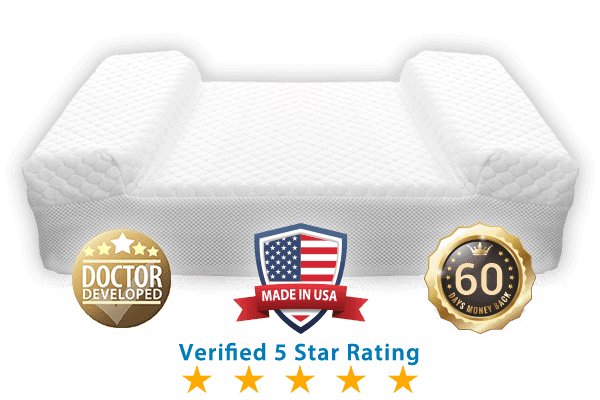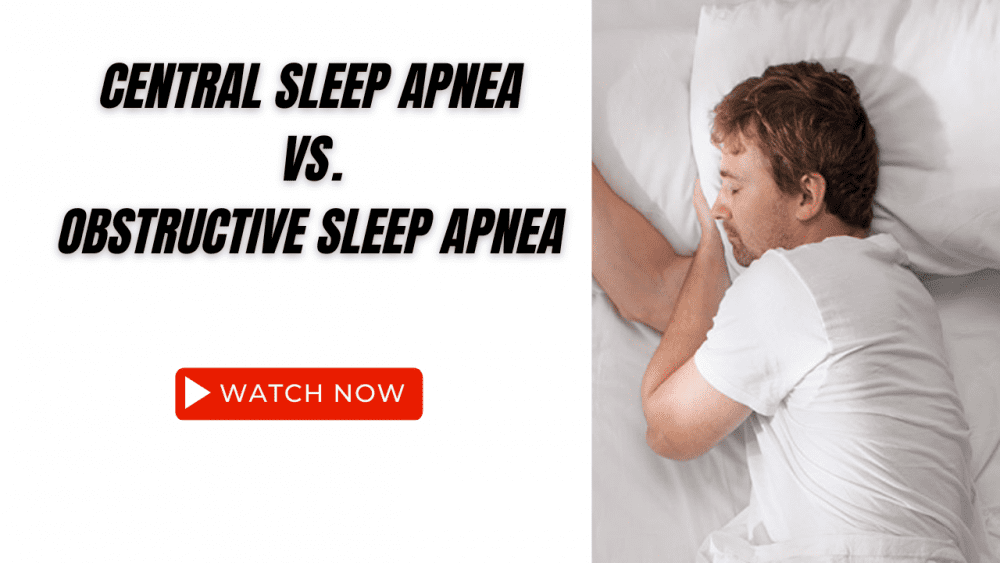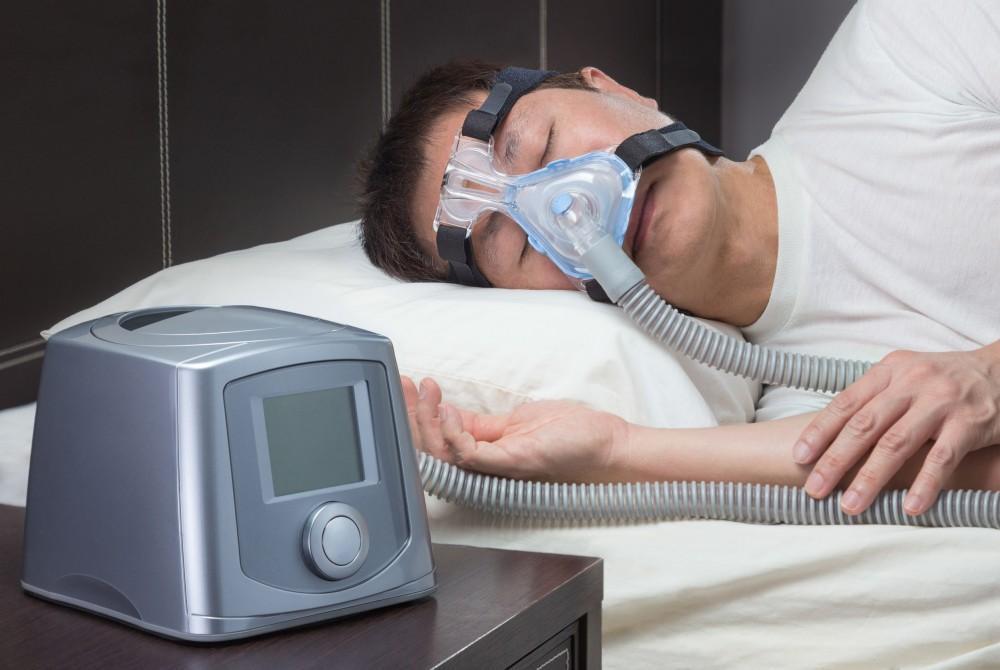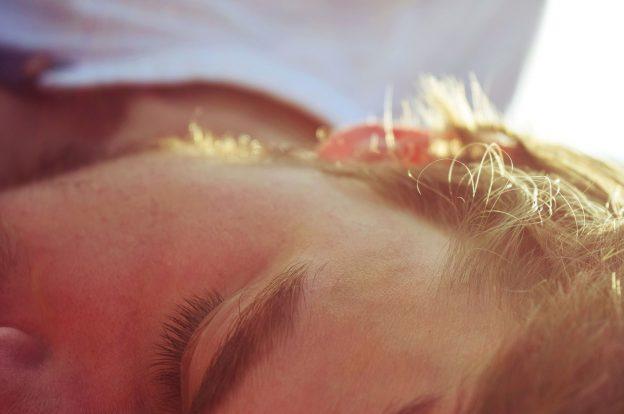
Cold Weather And Your CPAP

It’s getting cooler and soon we will be getting colds, the flu, sore throats, sinus infections, dry air, and other winter gifts. PAP humidifiers can help alleviate these ailments.
A CPAP device works by blowing pressurized room temperature air through a tube into a facial mask. The air then enters the airway where it mechanically splints open the passage to prevent airway collapse caused by obstructive sleep apnea. Winter brings drier air and breathing cold, dry air forced into the nasal cavity by CPAP is uncomfortable. Dry air can also cause the nose to work harder. This can lead to mouth breathing and dry mouth.
About 40% of people who use CPAP (as well as BiPAP and APAP) suffer from dry mouth. Dry mouth can cause congestion, bad breath, coughing, sneezing, swelling, headaches, dizziness, allergies, sinus infections, illness, nose bleeds, and inflammation, along with a host of other medical problems. Humidification reduces irritation to the nasal passages by adding moisture to the PAP airflow.
Read More: Keys to Successful CPAP Treatment
Types of humidifiers
- An integrated humidifier is built for a specific CPAP machine and connects directly to the CPAP machine. It is not interchangeable and you must buy the one for your machine.
- Some machines have a built-in humidifier as part of the CPAP machine and it cannot be removed. The water chamber can be removed for cleaning and filling/emptying.
- A stand-alone humidifier attaches to almost any CPAP machine via a hose. To use a stand-alone humidifier, the CPAP device can’t have a built-in humidifier.
Passover humidifiers use room temperature water to add moisture to the airflow. The water temperature will drop as the air temperature drops. The nose will again need to work harder to warm the air before it gets to the lungs. The dropped air temperature in cold climates will result in colder CPAP water temperature, causing the amount of moisture in the water to drop. Heated humidification is usually a better option for these CPAP users.
Heated humidifiers use heat to warm the water to add moisture to the CPAP air. The temperature can be adjusted for more or less moisture. The higher the heat, the more moisture you will receive. Heated humidifiers are the preferred type of humidification among CPAP users. Heated humidification not only makes the pressurized air more comfortable to breathe, but it can also reduce the amount of pressure needed for some patients.
If you already have a PAP machine and wish to purchase a humidifier, your choices will be somewhat determined by the machine that you own. The durable medical equipment company (DME) that supplied your machine will be able to help you choose the best humidifier for your needs.
Rainout
When the air inside your humidifier is much warmer than the air in your tubing, or if humidified air cools in the tubing as a result of cold ambient room air, it may cause some moisture to condense inside the tubing and reach your mask as water, wetting the inside of your mask and face. This condensed moisture is called rainout.
There are several things you can do to eliminate rainout. A simple solution is to warm up your tubing. This can be done by placing your tubing under your bed covers. This is not a good solution for people who move a lot in their sleep or whose machine isn’t close enough. You can also wrap the hose with an old tee shirt or other cloth. Another option is to purchase covers for your tubing. These covers are made from fleece, come in a variety of colors and insulate the tubing from the colder outside air.
Another helpful tip is to place your PAP machine below the top of your mattress. This will cause any condensation in the tubing to roll back into the humidifier water reservoir. If you have your PAP machine on a bed stand, you can also drape your tubing above your bed to get this same effect.
Some PAP manufacturers offer an insulated, wired tubing that heats the air as it travels from the humidifier to the mask. Some also have sensors track the room temperature and adjust heat to provide the most optimal tubing air temperature and avoid condensation. And some PAP machines have a feature that preheats the water in the humidifier chamber. Ask your DME what options are available for your PAP device.
Read More: How to Clean Your CPAP Equipment
PAP humidifiers can be used year-round. You should adjust your humidifier when seasons change to receive the most benefit. Usually, your humidification levels should be higher in the winter and lower in the summer.
You Might Also Enjoy...


Dr. Kakar Products

Central apnea vs. Obstructive sleep apnea

Warning to Patients about Ozone Cleaners

Ways to Help You Keep Hope Alive

